Last Updated on September 24, 2025 by Michelle
I’ve seen far too many experts claiming that using fresh flour is as simple as swapping it for store bought flour. But, unfortunately-especially when you’re starting out and getting used to fresh flour-it’s not always that simple. However, when I’m done with you, you’ll be able to easily use fresh flour in any recipe, confidently.
So this post is all about how to use fresh flour in any recipe. No fluff info, but all the fluffy bread.
Why use fresh flour?
Flour as we know it is dead.
As someone who used to grab all-purpose flour at the store, use it in every recipe and not think any more about it, that’s crazy for me to say. But ever since I learned about what REAL flour should look, taste, and behave like (it’s literally alive with nutrients), I haven’t looked back. And I’m determined to bring others down the flour rabbit hole with me.
- Fresh flour contains all three parts of the wheat berry; the bran, the germ, and the endosperm. Commercial flour only contains 1/3 of those things, meaning it’s missing so many nutrients that should be there.
- Commercial flour is processed at very high temperatures, leading to even more nutrient loss. So even the starchy, white flour that’s left after sifting out 2/3 of the wheat is heated beyond recognition. Milling your own flour allows you to control the milling temperature, retaining 100% of the nutrients.
- Eating fresh flour allows you to eat variety (different grains have all different types of nutrients), support local farmers, and allows you to create a measure of food security (wheat berries keep almost indefinitely, whereas milled flour lasts months at best).
- Fresh flour simply tastes better than it’s “dead” counterpart. It’s alive with flavor, nutrients, and minerals.
- There’s a good chance that milling your own flour will save you money, too. See more about that breakdown here.
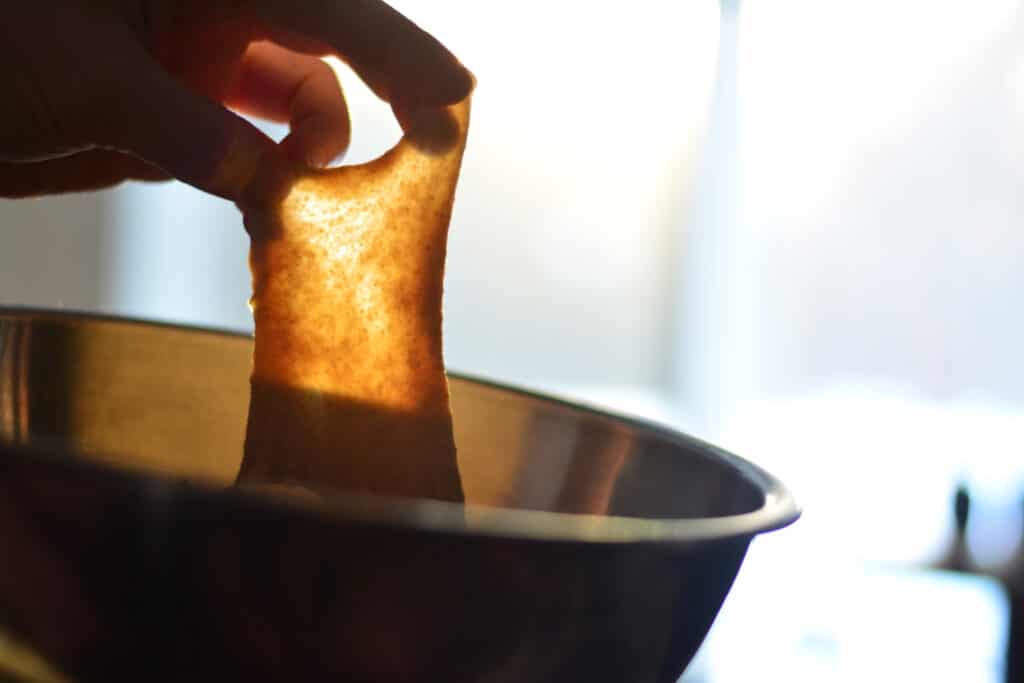
Using fresh flour in bread
If you’ve ever made bread using whole wheat flour from the store, you’re used to a dry, cracked texture, playdough-like smell, and just a generally disappointing end result. Let me encourage you: fresh milled flour is an entirely different product from any “whole wheat” flour you’ve used from the store. Let’s talk about how to make amazing bread with fresh flour. (First of all, make sure you’re using the right wheat berries for bread!)
Add-ins for bread with fresh flour
Making bread with fresh flour definitely has a learning curve. There are quite a few add-ins and natural enhancements that will make it a lot easier to work with you dough, but will also lead to better bread.
- One of my top tips for anyone struggling to make good bread is to add Vital Wheat Gluten to their dough. Don’t add any more than 1 tablespoon per cup of flour, though, or it can actually have a negative effect.
- Try adding an egg (or an egg yolk) to your dough. Eggs help naturally “boost” your dough and give you better rise and a softer texture.
- Add more fat to your dough. Oils, butter (especially brioche dough), and any fat (including egg yolk!) will help your dough preform better.
- Try a tangzhong. This is a method where you cook some of your flour with milk to partially gelatinize some of your flour, resulting in a softer, sturdier bread that also happens to last longer. This recipe includes a Tangzhong, but adding one to any of your doughs can help improve texture.
- Sunflower lecithin is another great add-in. Lecithin naturally is in egg yolks, but you can also purchase it on it’s own and add it to your bread dough as a natural enhancer.
Kneading fresh flour bread dough
Once you start working with fresh flour, you’ll most likely find that it takes longer to develop gluten (stretchy dough) than you’re used to with commercial flour. This is for a few reasons.
First of all, commercial flour contains Bromate. This is a chemical designed to not only white and oxidize flour, but also helping dough develop gluten faster and easier. Fresh flour won’t contain any bromate, which means gluten development will take a bit more time.
Secondly, fresh flour (unsifted) contains the bran and the germ. The bran is rather “sharp” in the matrix of your dough, so as gluten tries to form and develop, that bran will inhibit some of the gluten strands from maturing. It will simply take some more time to build the gluten in your dough when bran is present.
Finally, fresh flour just contains weaker gluten in general, especially if you’re using ancient grains. Be patient, and just keep kneading until the dough is stretchy (it usually takes me about 10-12 minutes to get the texture I’m looking for using my mixer).
One of the reasons I use my Bosh mixer so often is because fresh flour bread dough simply needs to be kneaded for longer than other dough does. Although it definitely can be done by hand, I prefer to let me mixer do the work and help me achieve strong, stretchy bread doughs.
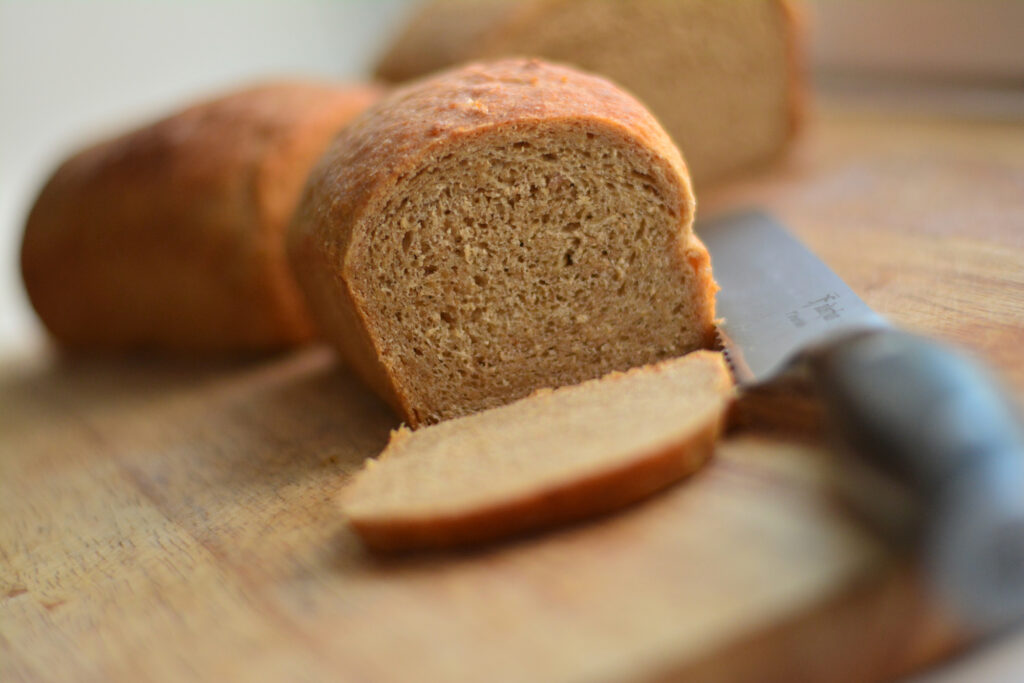
Rising
Because fresh flour is so “alive,” that it tends to rise faster than bread dough made with commercial flour. Simply be aware of this fact, and keep a close eye on your doughs to make sure they don’t overproof (deflate), which will lead to sad bread.
Baking fresh flour bread
Make sure you don’t overbake your fresh flour bread. Unfortunately, this is a really easy way to dry out your bread that I see all the time.
I love to use an instant read thermometer to check all my breads when I think they’re almost done–the internal temp of cooked bread should be between 190-200 degrees.
It’s easy to underbake whole wheat bread because it’s naturally darker in color, which leads to gummy and doughy loaves. It’s also easy to overbake loaves, being worried they’re not done in the middle. A thermometer takes the guessing out of the equation.
How to use fresh flour in baked goods
I love a good cookie. So it breaks my heart when I see folks struggling to make good cookies (or any baked goods) with fresh flour. I’ve seen it all; flat cookies, crumbly cookies, fat, cakey cookies, and more. Let’s get you on your way to making amazing baked goods with fresh flour. Just like with bread, start out by making sure you’re using the right wheat berries. Find out how to choose the right wheat berries here.
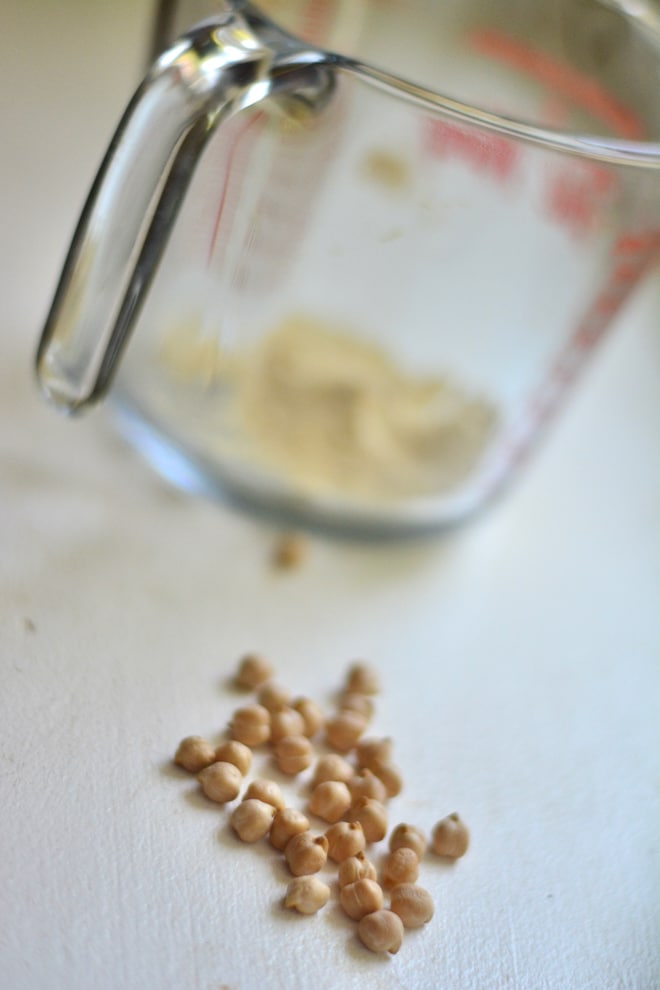
Chickpea flour
Why are we talking about chickpeas, you might ask? Well, turns out, chickpea flour is one of my secret weapons for making good baked goods with fresh flour. Adding just a teaspoon-a tablespoon of chickpea flour (you’ll want to sift the skins out!) to any baked goods made with fresh flour will improve the texture dramatically. Cookies? Yep. Muffins? Totally. Cakes? A necessity.
If I’m ever struggling with the texture of anything made with fresh flour, I try adding chickpea flour. 9 times out of 10 it works like a charm.
Check the dough
I see way too many people afraid to add flour to their cookie dough simply because it’s fresh flour. The texture of your cookie dough with fresh flour should be the same texture as any other cookie dough you’ve ever made: soft enough to be cookie dough, but stiff enough to not be sticky. If your dough doesn’t have enough flour, your cookies are going to spread too much. Period.
Sift, if you must
Although I’m an advocate of NOT sifting your fresh flour (to maintain all the nutrients), if you’re struggling to get something right, try sifting your flour. This is especially true if you’re trying to make something delicate like puff pastry or other pastries. Sometimes just sifting a little bran out will make all the difference in the outcome.
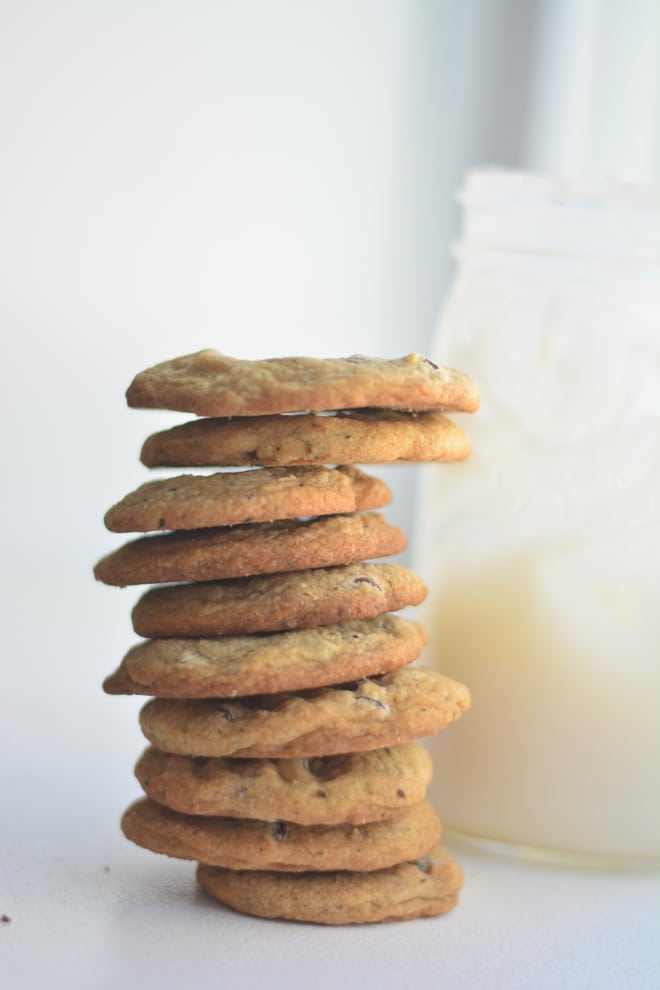
Use more baking powder
Depending on what you’re making, you might just need more leavening agent. Fresh flour has a harder time rising (weather that’s bread dough or cookie dough). Often things just need the extra “oomph” that adding extra baking powder will do. I’ve been known to up to double the amount of baking powder in a recipe.
Add fresh flour slowly
I hardly ever add all the flour that a recipe calls for unless I decide I need it all. Always add less flour than you think you’ll need. There’s nothing worse than adding too much flour only to realize the dough is too dry. You can always add more flour, but it’s hard to add more moisture.
How to substitute fresh flour for all-purpose flour
My simple recipe for “fresh milled all-purpose flour” is:
This basic “recipe” can help eliminate overwhelm of choosing which wheat berries to use. It offers structure from the hard wheat, softness from the soft wheat, and flavor and texture from the ancient grain. This all-purpose blend works well in any baking project, just don’t use it in bread, as the soft wheat doesn’t have enough protein (gluten potential) to make good bread.
Fresh milled all-purpose flour
Ingredients
- 1 cup hard white wheat fresh flour
- 1 cup soft white wheat fresh flour
- 1 cup ancient grain (think Kamut or Einkorn)
Notes
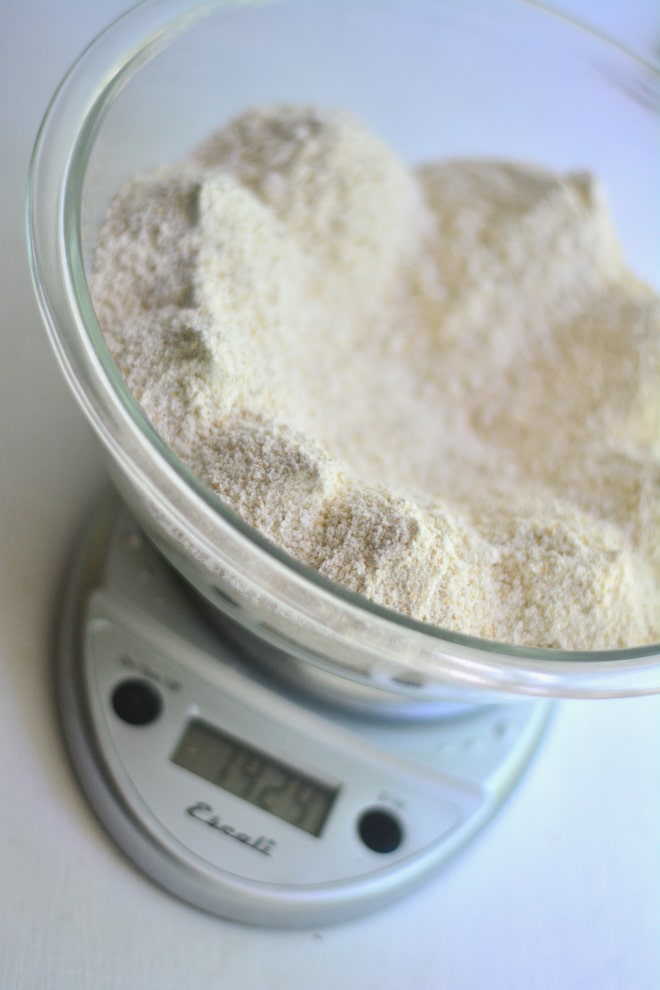
Using fresh flour in place of gluten-free flour blends
Although there are so many options for milling gluten-free grains it’s mind-boggling, my general recommendation for an all-purpose gluten-free blend is:
- 1 part chickpea flour
- 1 part oat flour
This offers enough structure for most baked goods while remaining rather neutral in flavor.
Replacing the oat flour with rice flour is also a great, mild-flavored option but will change how the flour hydrates. Any other grains or legumes I add in small amounts for flavor and nutrients. This blend works really well because the oats have a similar protein structure to wheat, but without the gluten. Sadly, oat flour alone can sometimes lead to baked goods having a gummier texture, so the starchiness of the chickpeas helps round out the blend and helps create better textures.
For more options on gluten-free grains and flour blends, read all about alternative grains here.
More thoughts about fresh flour
Learning to incorporate fresh flour into your life is a journey.
When I first started milling, I gave up several times–I get how frustrating it can be. But I have no doubt that with the tips in this article and practice, you’ll get the hang of it. Truthfully, before you know it the learning curves will be in the rearview mirror.
Make sure to follow along on Instagram for more fresh flour tips and tricks. Also tag me (@souly.rested) in your fresh flour wins!

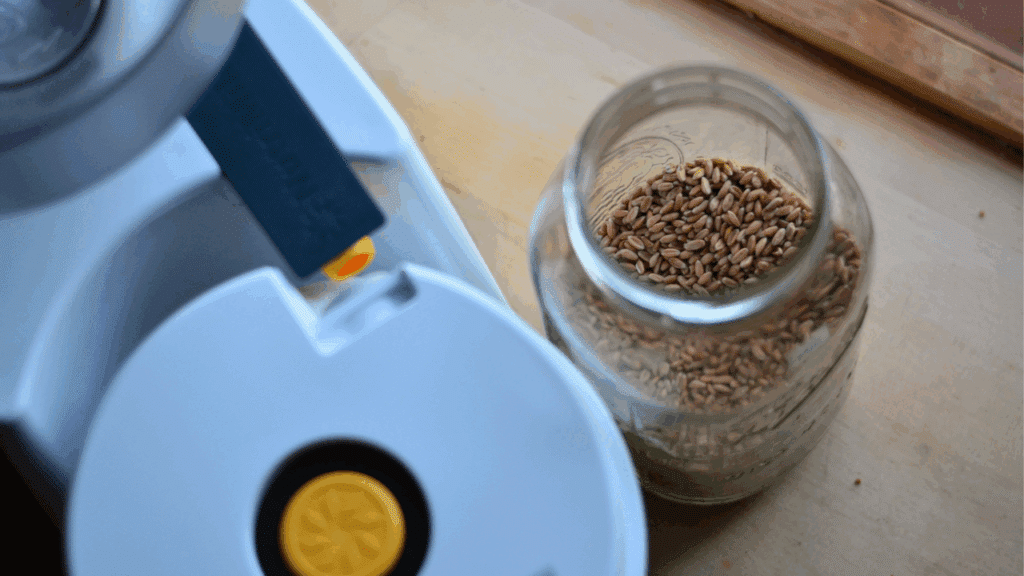
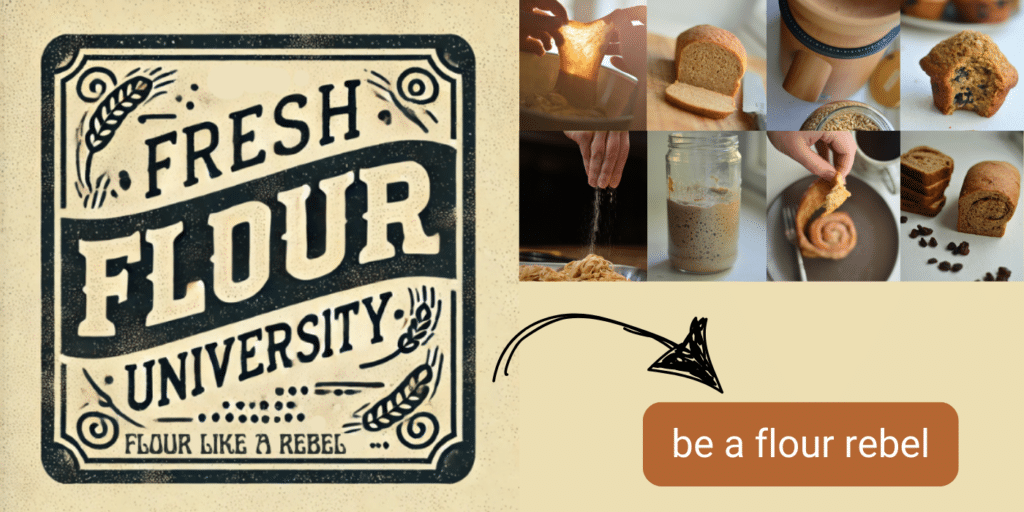

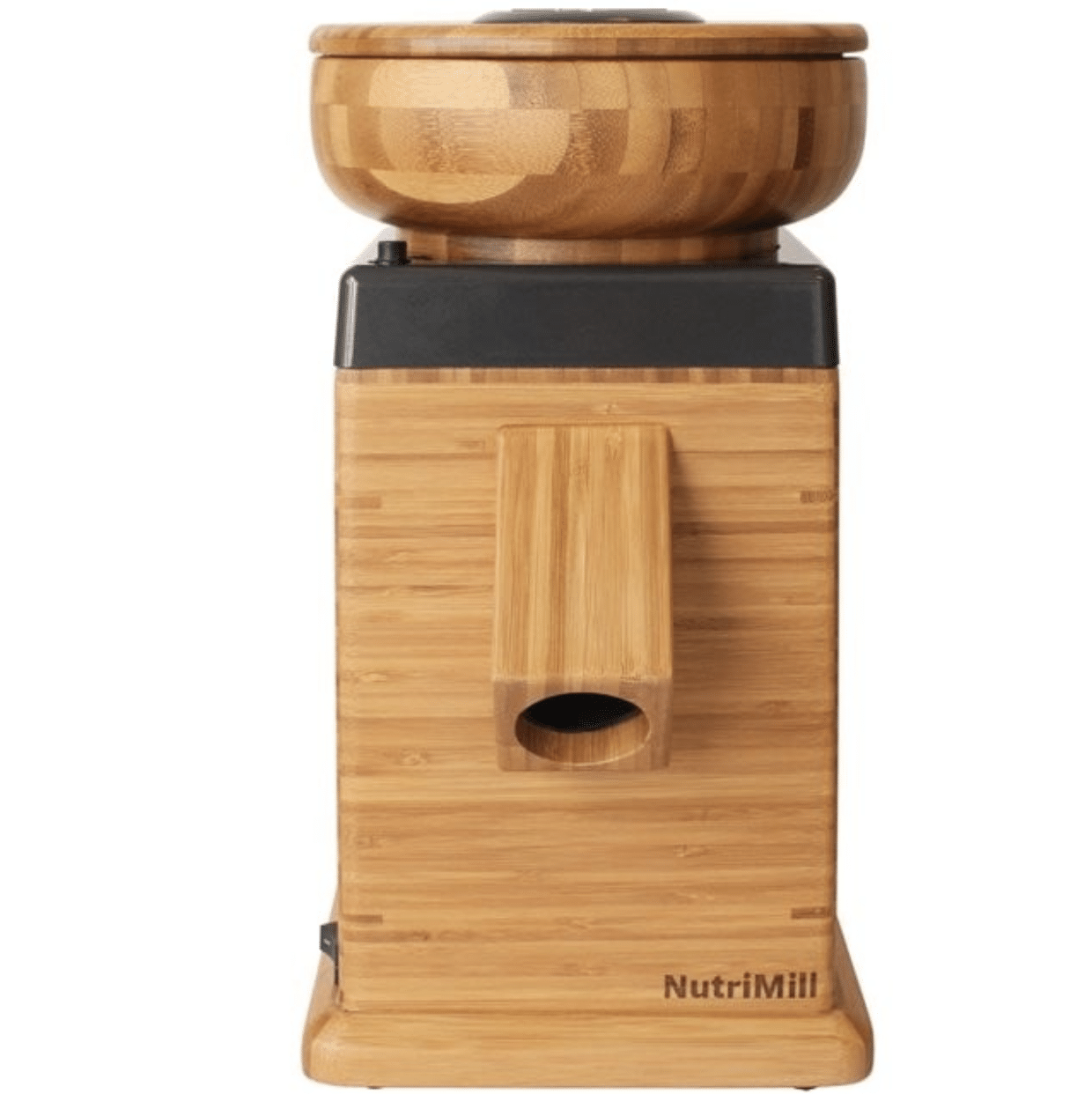
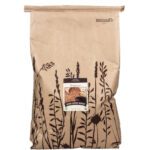
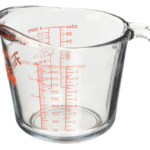
Another tool in my tool belt.
I am new to fresh milled flour, I am definitely going to be trying this blend. Thank you and God bless 🙏
Amazing
Never thought to use chickpea flour in gluten free combinations. Great idea!
I’ve mostly made bread with fresh flour since I’ve started milling my own. I’ve had a lot of success with most of the tips you gave – eggs, gluten, fat; but I’ve also found that letting the dough rest and absorb for a while with all the liquids before adding yeast and salt helps a lot too! Glad to get some tips on other baked goods!